Affiliate links on Android Authority may earn us a commission. Learn more.
#ThrowbackThursday: The Pixel-branded Chromebooks
Published onOctober 17, 2019
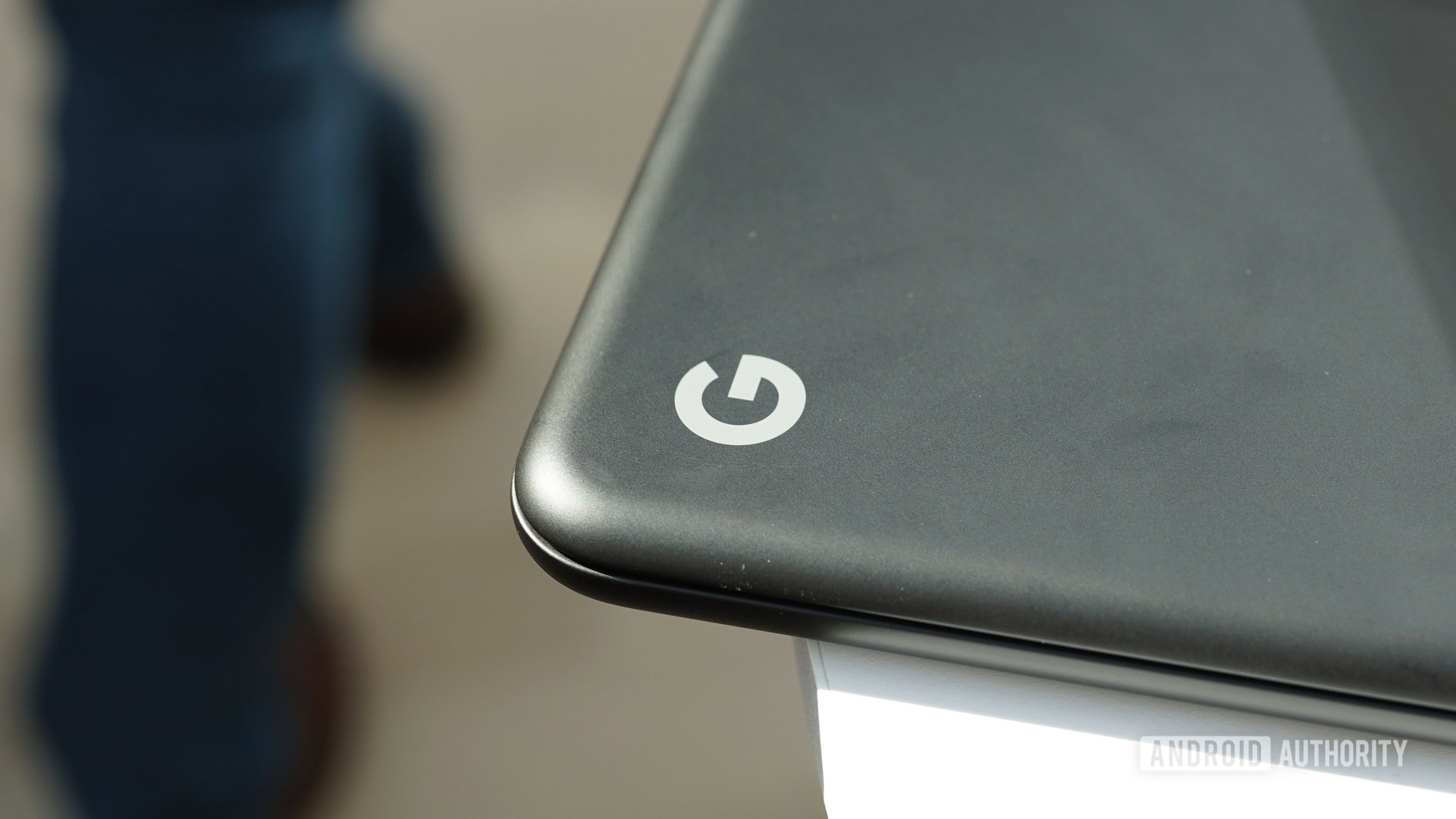
This week, Google’s big NYC hardware event introduced the new Pixel 4 smartphones, but it also showcased the Pixelbook Go. The Pixelbook Go is the latest in Google’s lineup of Pixel-branded Chromebooks. It’s also the biggest departure from the series’ roots, with a lower starting price and lesser bells and whistles.
It remains unseen if the Pixelbook Go will win the hearts of consumers, but we felt this was the perfect time to take a look back at Google’s Chromebook history and evolution.
Chromebook Pixel (2013): Made for developers first
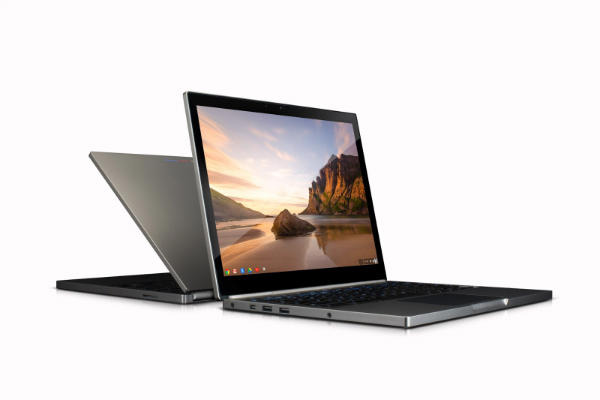
While the very first Chromebooks launched in 2011 from Acer and Samsung, in 2013 Google entered the race with its own premium option. The result was the first generation Chromebook Pixel.
The first generation of the Chromebook Pixel had an 12.85-inch 2,560 × 1,700 resolution touchscreen. At the time, the display had the highest pixel density of any notebook on the market. It also had an unusual 3:2 aspect ratio, which was supposed to help with reading websites. It was powered by an Intel i5 processor with a clock speed of 1.8GHz, 4GB of RAM, and either 32GB or 64GB of SSD storage. There was also an option to get the Chromebook Pixel with LTE connectivity.
All in all, the first Chromebook Pixel had some impressive hardware, and it was all encased in an aluminum body, with a backlit keyboard. It also had a high price: $1,299 for the standard model, and $1,499 for the LTE version. Google was definitely not targeting the average laptop buyer. Instead, this notebook was made for developers first. Google wanted a great notebook so that developers would be encouraged to buy it and make more Chrome OS apps. Remember, this was a time when Chrome OS didn’t work very well without an internet connection, so Google needed developers to embrace their new browser-based operating system.
Chromebook Pixel (2015): Boosting the hardware
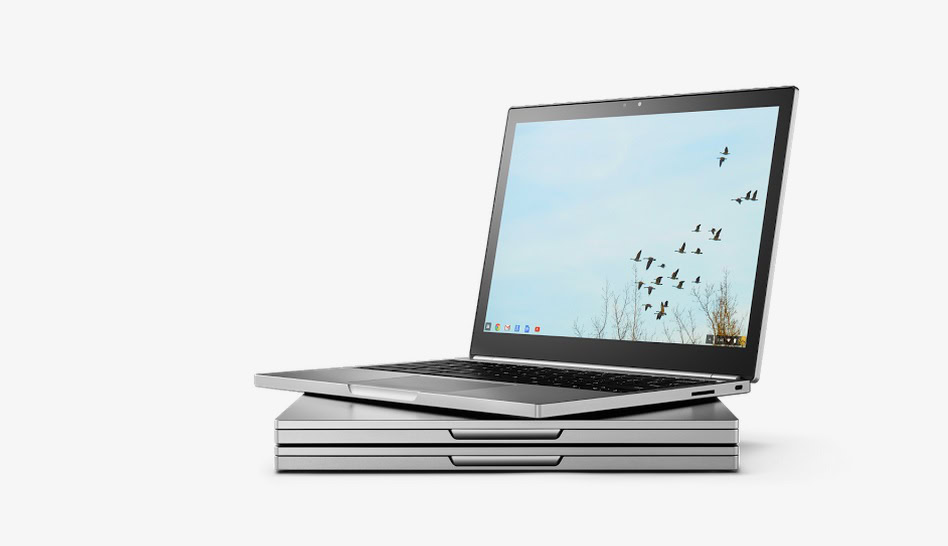
Two years after the introduction of the first Chromebook Pixel, it got a hardware refresh with faster Intel Core i5 and i7 processors. The new models also had more RAM (8GB and 16GB). The lower-end model also got a somewhat more affordable price of $999.
However, the design of the second Chromebook Pixel remained mostly the same. It still had the same touchscreen display as the first version. The body also was nearly identical, although a few changes were made to remove visible speaker grilles, screws, and fan vents. One small, but still significant, addition was adding two USB-C ports. Finally, the battery was significantly larger. It allowed the Chromebook Pixel to last up to 12 hours on a single charge. Even with the somewhat lower price, the second Chromebook Pixel was still on more expensive than most third-party Chromebooks.
Google Pixelbook (2017): Going for the Macbook audience
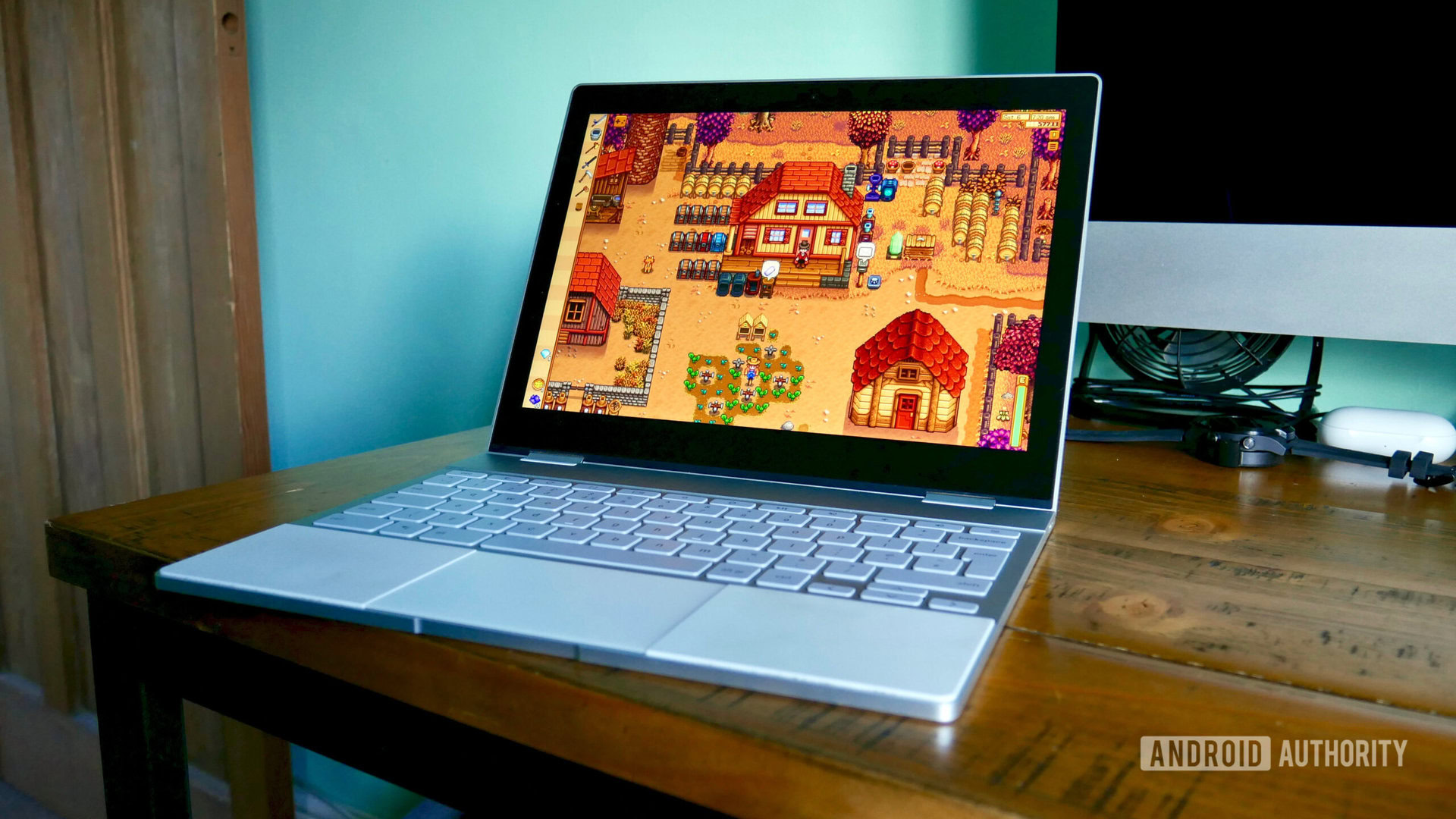
By 2017, Chromebooks as a whole were selling very well in the US, especially to the education market. The low price of third-party Chromebooks, combined with their ease of use, was very attractive to cash-strapped school systems. In addition, Chrome OS itself was much improved compared to when the first Chromebooks launched in 2011. Having a fast internet connection was no longer a big deal when it came to doing work on the latest Chromebooks.
However, Google also wanted to go after the high-end laptop business that was dominated by Apple’s MacBooks. That lead to the launch of the Google Pixelbook in October 2017. It was a 2-in-1 laptop with a 12.3-inch 2,400 x 1,600 resolution touchscreen that flipped over 360 degrees so it could be used like a tablet. Indeed, the Pixelbook had an optional accessory, the Google Pixelbook Pen, that allowed users to write on the touchscreen.
Other highlights of the Google Pixelbook included a seventh-generation Intel Core i5 or i7 processor, along with either 8GB or 16GB of RAM. Storage got a huge boost for the Pixelbook, ranging from 128GB, 256GB and 512GB. It was also light at just 2.4 pounds, and its battery could last up to 10 hours. Finally, the Pixelbook’s version of Chrome OS could not only run Android apps, but it was the first laptop with Google Assistant. However, with a starting price of $999, the first Pixelbook was still a high price to pay for many people.
Pixelbook Go (2019): One for the rest of us?
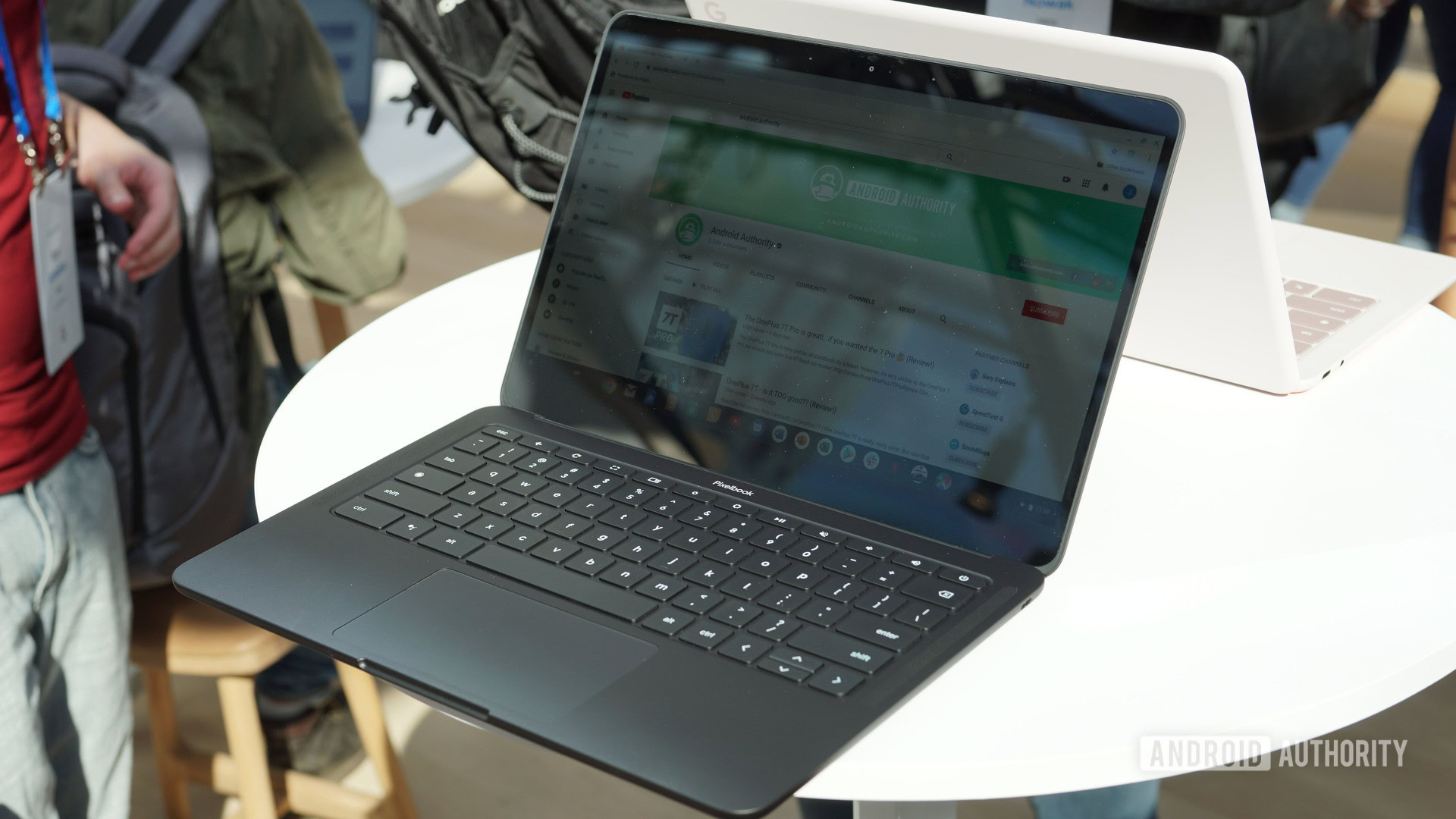
After a pretty disastrous detour in the Chrome OS tablet space with the Pixel Slate, Google is trying again in 2019 with yet another Chromebook. Our first impressions of the Pixelbook Go indicate that Google wants to appeal to a broader audience, while still offering solid hardware. The starting price of $649 should help but it’s still far from mainstream pricing for a Chrome OS device. It’s also not a 2-in-1 device, which means it’s geared more towards regular notebook buyers. It’s a tad lighter than the first Pixelbook, and its battery is set to last up to 12 hours, which is nice.
We will have a full review of the Pixelbook Go soon. However, it looks like this product is the first Chromebook from Google that will attract more buyers than just enthusiasts, developers, or high-end laptop consumers.
Do you own one or more of Google’s Pixel-branded Chromebooks? What do you think of Google’s newest Chromebook, like the move towards a lower price tag or feel it misses the mark?